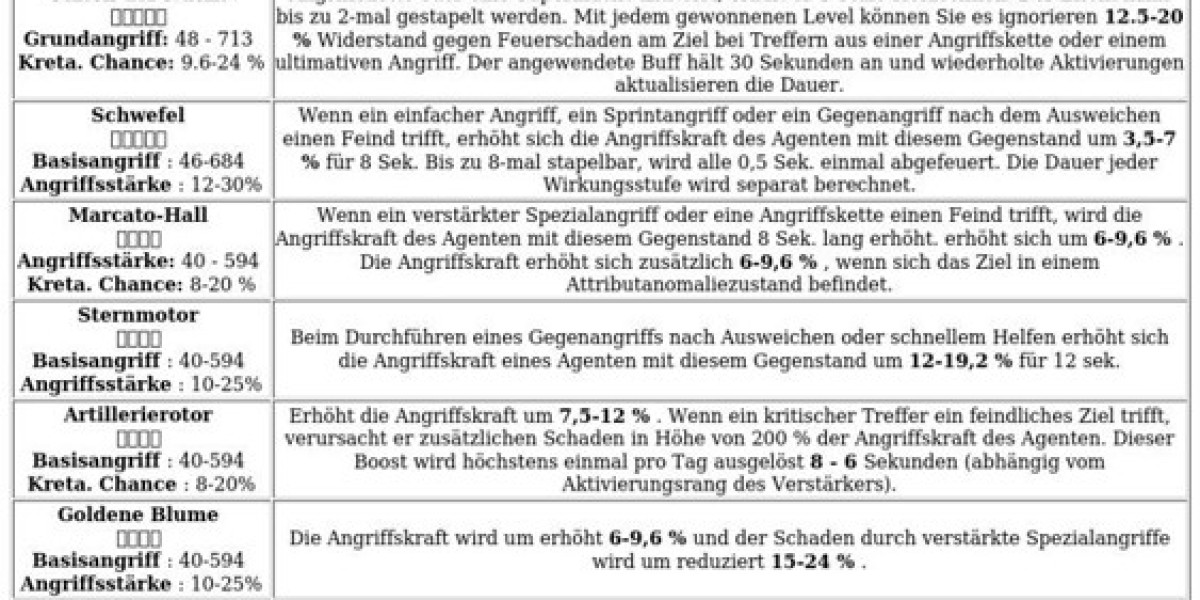Unleash the Power of Robot Vacuums: Can They Tame Your Pet Hair Chaos?
As a pet owner, managing the constant battle against pet hair can feel overwhelming. Enter the robot vacuum—a device that has surged in popularity among pet owners seeking a convenient solution to this common challenge. With their ability to autonomously navigate through the home while tackling dirt and debris, these innovative machines promise to ease the burden of cleaning while providing more time for you and your furry friends. This article aims to explore the effectiveness of robot vacuums in handling pet hair, examining their features, performance, and real-world user experiences. If you've ever wondered whether a robot vacuum could truly make a difference in your home, read on to discover what these devices can offer in the fight against pet hair chaos.
Understanding Robot Vacuums
Robot vacuums are compact, automated cleaning devices designed to navigate your home independently. Unlike traditional vacuums, which require manual operation, robot vacuums operate on a pre-set schedule or can be activated remotely via smartphone applications. They come equipped with sensors that allow them to map out your living space, avoid obstacles, and even return to their charging stations when needed. The technology behind these machines has evolved significantly, particularly in their ability to handle pet hair. Features such as improved suction power, advanced navigation systems, and smart mapping capabilities provide a tailored cleaning experience for pet owners. Additionally, many robot vacuums now include specialized brushes and filtration systems designed specifically for picking up fur, making them an appealing option for those looking to manage pet hair more effectively.
Key Features for Pet Hair Management
When it comes to managing pet hair, certain features make robot vacuums stand out. One of the most critical aspects is suction power; a vacuum with strong suction can lift stubborn pet hair from carpets and upholstery. Additionally, the design of the brushes is paramount; tangle-free or rubberized brushes are particularly effective at capturing fur while preventing it from winding around the brush rollers. Filtration systems, such as HEPA filters, are also essential for households with pets, as they trap allergens and dander, ensuring cleaner air quality. Furthermore, many robot vacuums offer customizable cleaning modes—such as spot cleaning or edge cleaning—that can be especially useful in areas where pet hair tends to accumulate. These features combine to create a more efficient cleaning experience, allowing pet owners to maintain a cleaner home with less effort.
Performance in Real-World Scenarios
The performance of robot vacuums can vary greatly depending on the home environment. In households with multiple pets, for instance, users often report mixed experiences. On hard surfaces like tile or hardwood, many robot vacuums perform exceptionally well, efficiently collecting pet hair and debris without leaving behind a trace. However, on plush carpets or rugs, the effectiveness can fluctuate based on the vacuum's suction power and brush design. Battery life is another consideration; while most robot vacuums can run for 60 to 120 minutes per charge, larger homes may require models with longer battery life or features that allow for automatic recharging and resuming. Maintenance is also crucial; regular cleaning of the brush rolls and emptying the dustbin is necessary to keep the vacuum functioning optimally. Therefore, understanding how these factors interact in your specific home environment is key to maximizing the benefits of a robot vacuum.
User Experiences and Testimonials
Feedback from users about robot vacuums often highlights their effectiveness in dealing with pet hair, though results can vary based on individual circumstances. Many pet owners rave about the convenience and time saved, noting that their robot vacuums can easily pick up hair from various surfaces, leaving them with more free time to enjoy with their pets. However, some users have expressed frustration with the limitations of certain models, particularly regarding their ability to navigate complex floor plans or handle large amounts of fur without needing frequent maintenance. For instance, a friend of mine with two Golden Retrievers found that while her robot vacuum managed to keep pet hair at bay on hard floors, it struggled on her thick carpets, requiring her to supplement its cleaning with a traditional vacuum. Overall, while many users appreciate the efficiency and ease of use, it’s essential to weigh both positive and negative experiences when considering a robot vacuum for pet hair management.
Maximizing Robot Vacuum Benefits for Pet Hair Management
In summary, robot vacuums can be a powerful ally in the ongoing battle against pet hair, offering features tailored specifically for pet owners. With advancements in technology and design, these devices have become increasingly effective at managing pet hair across various surfaces. However, potential buyers should consider their unique home environment and specific cleaning needs before making a decision. By carefully evaluating the features and performance of different models, pet owners can find a robot vacuum that not only meets their cleaning requirements but also enhances their quality of life by minimizing the time spent on cleaning tasks.






